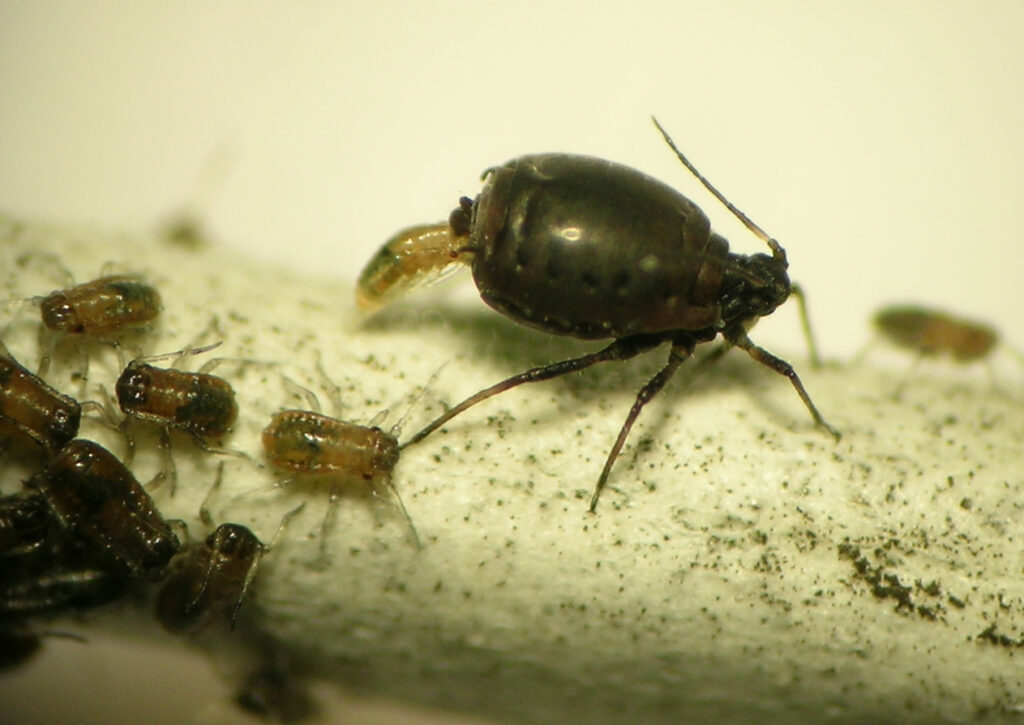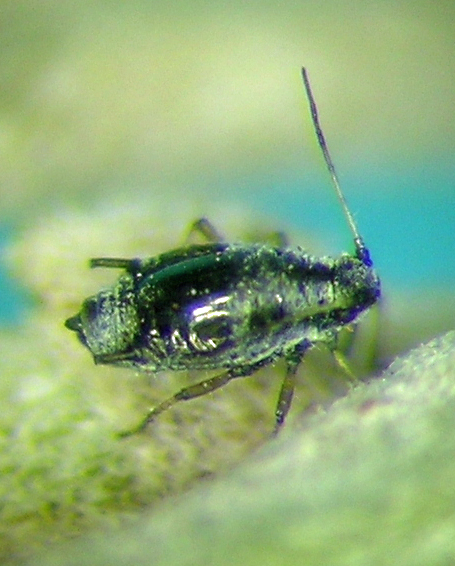This subgenus name is used for a group of presumably related species that feed on sagebrushes (Artemisia) and rabbitbrushes (Ericameria, Chrysothamnus). This is a difficult group for a couple reasons. First is the extremely variable body size, pigmentation, and gross morphology within what appear to be species. Body size of adults in a single colony can vary between individuals by 2X or 3X, and siphunculi and antennae are especially prone to gross deformities. Second, the species are all similar to each other, especially when considering the full range of variation across a full growing season and among habitat types. For the past 15 years or so I have focused on collecting material and filing it away without making species identifications. During fall of 2020 I spent a weekend attempting a clean sort of my holdings, unencumbered by knowledge of existing species names. Then, I used the keys offered by Blackman and Eastop to attempt species identifications. Careful study of their information, details provided by Palmer (1952), and the full range of variation of my samples led me to conclude that there are indeed some groupings that correspond with established understandings of ‘species.’ Knowing full well that I might be wrong with these determinations, I have nonetheless added names to many of my slides and my Slide Collection Database. The names I assigned groups to were: A. (Zyxaphis) canae, A. (Zyxaphis) chrysothamni, A. (Zyxaphis) chrysothamnicola, A. (Zyxaphis) hermistonii, and A. (Zyxaphis) oregonensis. I have some additional samples from Artemisia that don’t seem to fit the available keys. These specimens were mostly recorded as living on larger branches rather than the typical apical stems and leaves. Also, I have quite a few specimens from spring that have deformed, short, curled siphunculi as in the first photo below. I suspect this morphology reflects early spring, i.e. that these specimens are either fundatrices or have fundatrix-like specialized morphology. All that said, below are some photos of Zyxaphis species I’ve grabbed over the years.




